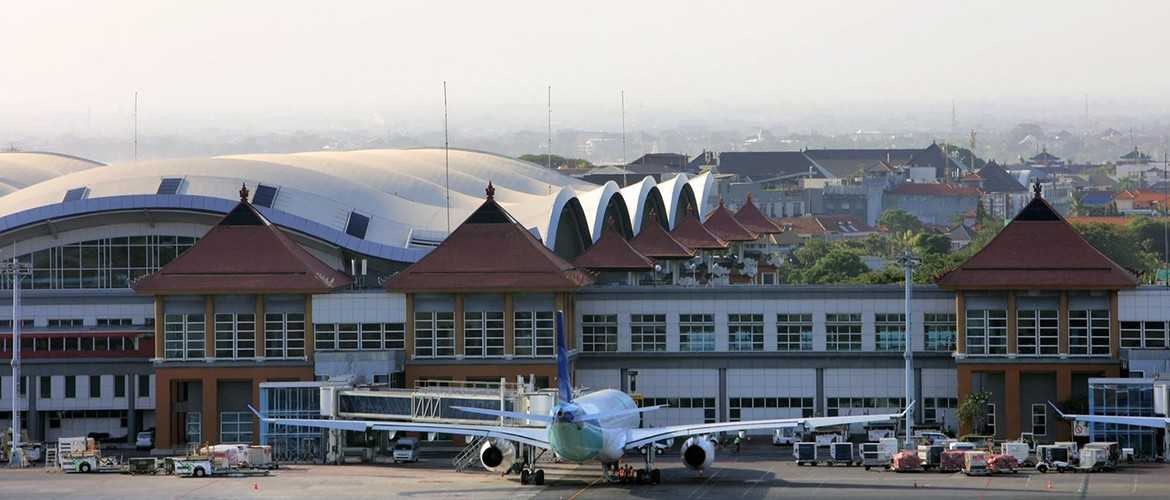17 Feb 2022
Back to List
Jakarta, February 17, 2022 - Angkasa Pura Airports together with the Meteorological, Climatological, and Geophysical Agency (BMKG) strengthened the disaster mitigation system at I Gusti Ngurah Rai Airport, Bali through the installation of Warning Receiver System New Generation.
“I Gusti Ngurah Rai Airport in Bali, which is close to the coastline, cannot be separated from the risk of earthquake and tsunami disasters. As the airport operator, Angkasa Pura Airports has prepared for mitigation if an emergency occurs through the Airport Disaster Management Plan (AMDP). WRS New Generation will strengthen the existing disaster management and evacuation system,” Angkasa Pura Airports President Director Faik Fahmi said.
WRS New Generation was integrated into the Airport Operation Command Center (AOCC) at Bali Airport. The integration of this system allows the public and airport service users to find out about potential earthquakes and tsunamis in less than five minutes.
In addition to AMDP, Bali Airport also has an Airport Emergency Committee (AEC) consisting of relevant stakeholders, such as airport authorities, National Armed Forces, Airnav Indonesia, the National Police, airlines, immigration, and quarantine, as well as ground handling that would carry out the mitigation and evacuation processes according to their respective functions in the event of an emergency or disaster.
Bali Airport had been designed and constructed to withstand earthquakes and has taken into account disaster conditions. If a tsunami does occur, Bali Airport has an evacuation route to the courtyard area & tall building that can be used as a temporary evacuation area for the community, passengers, business partners and officers at the airport.
“We appreciate BMKG’s support to strengthen the disaster mitigation system at Bali Airport, which is currently starting to return to serving international flights regularly and is preparing to support the holding of the G20 Summit in Bali,” he added.
For information, Bali Airport has a capacity of 57 parking stands and a runway dimension of 3,000m x 45m that can serve the largest aircraft such as Boeing B-747 and the heaviest aircraft, Boeing B-777. The International Terminal area reaches 126,205 square meters and the Domestic Terminal reaches 67,884 square meters. Bali Airport has various facilities, consisting of 194 units of Check-in Counter, 14 units of Self Check-in Counter, 24 units of Boarding Pass Scanner, 16 units of Autogate Immigration, 64 units of Immigration Counter, 20 units of Visa on Arrival Counter, 12 units of Baggage Claim Conveyor Belt, 30 units of Aviobridge, Parking Building, Hotel, Office, General Aviation Terminal and VVIP Building.
In the period before the COVID-19 pandemic, Bali Airport served 24.1 million passengers per year with international air passenger traffic reaching 13.8 million passengers. Meanwhile, aircraft traffic at Bali Airport in 2019 reached 163,623 movements per year with international aircraft traffic reaching 73,886 aircraft movements.
Up
